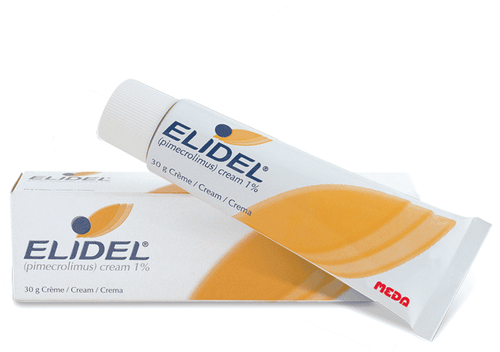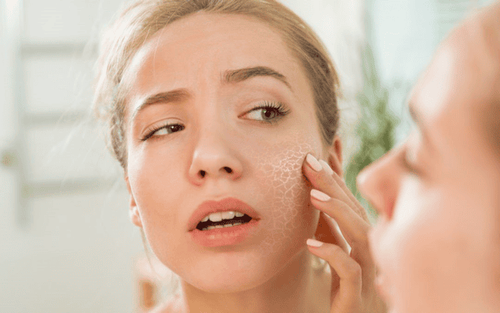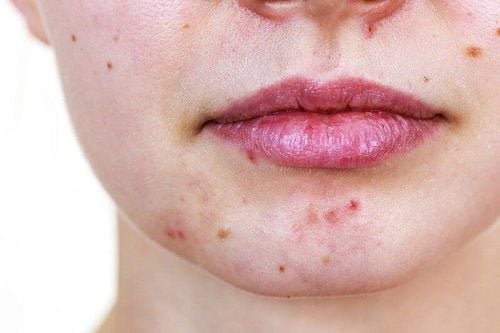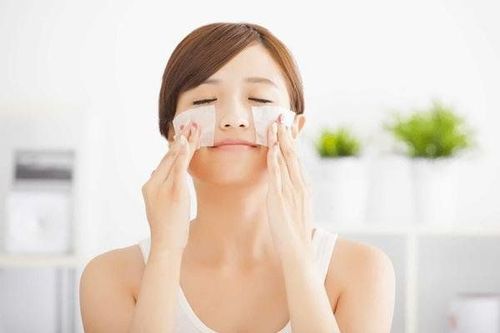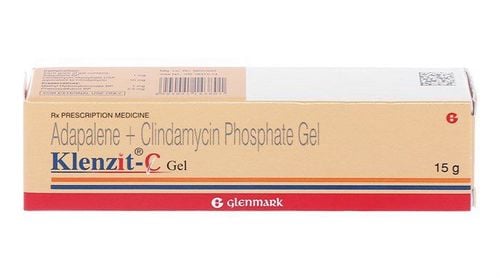This is an automatically translated article.
Acne has a lot to do with the aesthetics of someone with this skin condition. Many people want to quickly change the appearance of acne by squeezing acne. However, should pop pimples or not? What is the benefit or harm? It will be clarified more through the article below.
1. Why should not pop acne?
When the skin has acne, many people have not learned some remedies to treat acne, but use a simple way of squeezing acne to try to get rid of acne skin quickly, but doctors Dermatologists do not recommend this method. Why? Improper squeezing can increase the risk of infection and scarring.
Squeezing acne yourself can have the opposite effect:
Squeezing acne and other acne blemishes is a simple job that anyone can do, but there needs to be a method for squeezing to be effective to avoid:
Scars Permanently More Serious Acne Acne becomes more painful Infections (Ppustules) These unwanted side effects can happen when you pop pimples yourself at home. When squeezing pimples by hand, there is a risk of infection from bacteria on your hands.
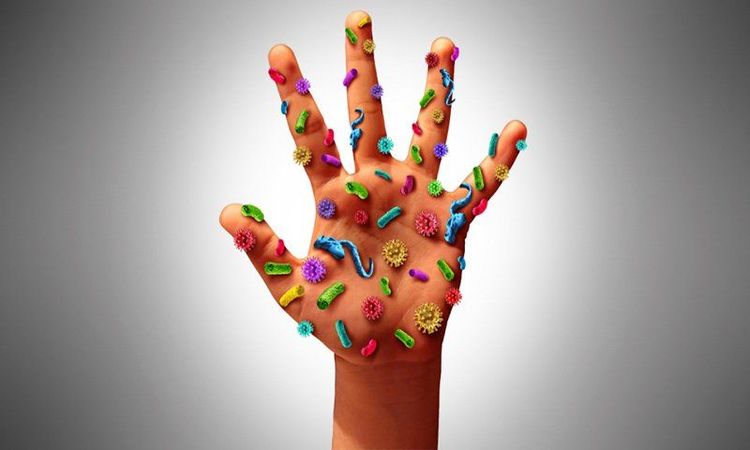
Bàn tay chứa rất nhiều vi khuẩn
As a general rule, never try to pop a pimple on your own. If you try to pop a pimple and it breaks down the skin barrier, there is a risk of permanent scarring. If your pimple contains infected pus, squeezing it can spread bacteria into other pores and hair follicles and make it easier for the pimple to spread to other areas of the skin.
Squeezing acne can also delay the skin's natural wound healing process, prolonging the skin's recovery time. If you try to pop a pimple, this can clog the pores further, making the acne more noticeable by triggering inflammation under the skin.
2. How to deal with acne
Dermatologists or dermatologists will have the best advice for dealing with acne. Dermatologists use a few different techniques to get rid of acne. It is an acne extraction solution, which involves using sterile instruments to remove blackheads and whiteheads. However, this solution is often time consuming and can be expensive to implement. Acne extraction is a safe way to remove blackheads and whiteheads.
Another technique that dermatologists use in treating a deep cyst or nodule is corticosteroid injections. An injection is good for treating an acne nodule or cyst. However, if too much corticosteroids are injected, there can be some unwanted side effects.
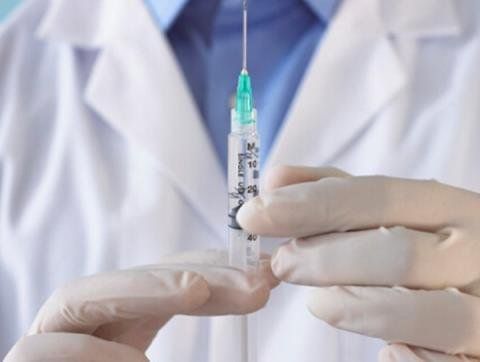
Tiêm corticosteroid là biện pháp hiệu quả để xử lý mụn trứng cá
Some people still perform squeezing as soon as they see a pimple appear. If squeezing a pimple, follow these steps:
2.1. Blackheads: Over-the-counter topical medications containing salicylic acid or benzoyl peroxide can be applied to a blackhead to loosen the hair follicle before you attempt to pop it.
Wash your hands thoroughly and disinfect them, then apply pressure to both sides of the clogged pore with your fingers. With a little pressure, the blackhead will pop out.
2.2. Whiteheads: Disinfect the needle with alcohol and gently prick the skin where the pore has whiteheads. Then, unsqueezing whiteheads in the same way as squeezing blackheads.
After using an astringent or over-the-counter acne medication, and washing your hands thoroughly, apply pressure to both sides of the affected pore.
2.3. Pustules: Pustules are deep beneath the layers of your skin and are difficult to squeeze. Use a warm compress, so that you can try to open the pores. However, do not try to pop the pustules yourself, because the risk of infection is very high.
2.4. Large Acne or Cyst: To remove a large pimple or painful cyst or nodule, a dermatologist will use a procedure called incision and drainage. It involves using a sterile needle or surgical blade to open the pimple/cyst and then remove what's inside. This speeds healing and reduces the risk of scarring.
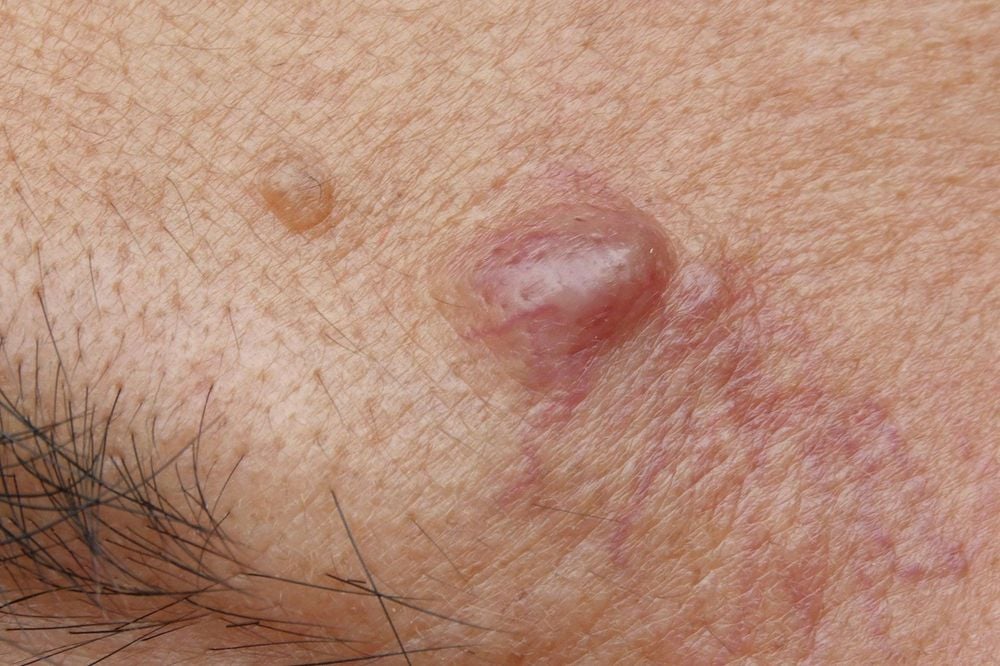
Mụn lớn hoặc u nang cần đến cơ sở chuyên khoa để mổ và dẫn lưu
2.5. Other Remedies In addition to some medications containing salicylic acid or benzoyl peroxide can be used daily to clear acne and unclog pores. A cold compress or ice can be used to relieve pain and swelling caused by cysts, nodules, and pustules.
Warm compresses can also be applied to loosen dirt and bacteria and speed up the healing of clogged pores. Natural cleansers, such as diluted alcohol and tea tree oil, can act as drying agents and remove sebum blockages from the skin.
3. Conclusion
So, is there a way to squeeze acne safely? In fact, this will not be safe because it takes a long time for the acne skin to heal on its own, although squeezing the pimple will resolve the discomfort in a few seconds. In addition, acne skin conditions will have a higher risk of scarring and infection, even bruises on the skin.
Most dermatologists recommend squeezing pimples as a last resort, and that squeezing should be avoided whenever possible. In particular, some types of pustules never pop on their own.
Three things that can improve acne:
Don't touch acne-prone skin: Touching, squeezing can make acne worse. Pain relief with ice: Some acne can be painful, especially nodules and cysts. Ice relieves this condition. Acne Treatment: It is possible to get rid of acne by self-treatment. If you don't see results after 4 to 6 weeks, consulting a dermatologist about the right treatment will help restore the skin. Reference source: aad.org ; healthline.com




